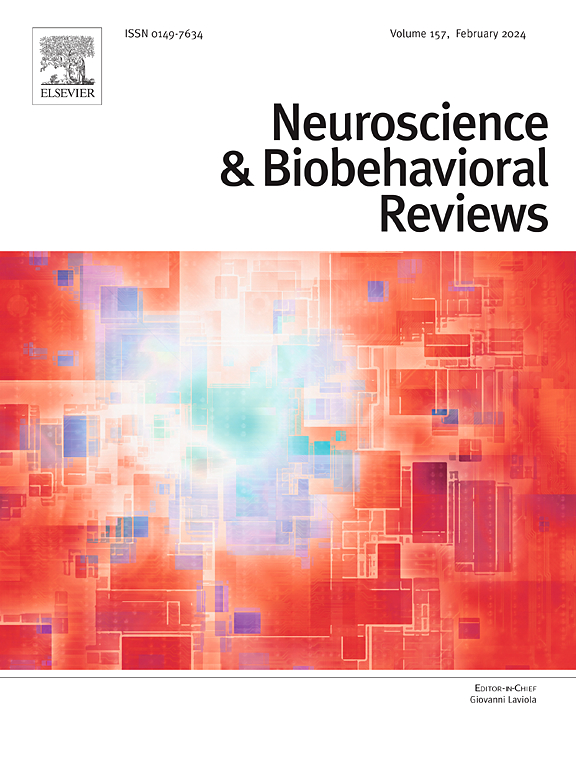Classification of neurological and mental health disorders based on multimodal approaches: A comprehensive review
IF 7.9
1区 医学
Q1 BEHAVIORAL SCIENCES
引用次数: 0
Abstract
Disorders of the nervous system and mental health are among the most prevalent, complex, and devastating health challenges globally, with a significant impact on quality of life. Recently, advances in deep learning-based multimodal methodologies have transformed the classification and detection of these disorders through the utilization of diverse data types including neuroimaging, bio-signals, and clinical evaluations. These multimodal techniques provide a more holistic understanding of complex conditions, addressing the limitations of traditional unimodal methods, which often fail to capture the multifaceted nature of these disorders. Despite the growing body of research, a comprehensive review focusing on the application of deep learning-based multimodal approaches to both neurological and mental health disorders remains lacking. This review fills this gap by offering an in-depth analysis of recent advancements in machine learning and deep learning-based multimodal classification for ten major disorders: five neurological and five mental health-related. It examined key modalities, explored fusion strategies, and provided insights into the strengths and weaknesses of existing multimodal approaches. Additionally, this review highlighted the challenges associated with multimodal data integration, such as data imbalance, model interpretability, and the need for large-scale, high-quality datasets. Furthermore, the review discussed emerging trends and future directions, emphasizing the potential of advanced fusion and computational techniques to enhance the clinical applicability of these models. By synthesizing the current state of research, this review aims to guide future studies and contribute to the development of more accurate, reliable, and accessible diagnostic tools for neurological and mental health disorders.
基于多模态方法的神经和精神健康障碍分类综述
神经系统和精神健康障碍是全球最普遍、最复杂和最具破坏性的健康挑战之一,对生活质量产生重大影响。最近,基于深度学习的多模态方法的进展通过利用不同的数据类型,包括神经成像、生物信号和临床评估,改变了这些疾病的分类和检测。这些多模态技术提供了对复杂情况的更全面的理解,解决了传统单模态方法的局限性,这些方法往往无法捕捉这些疾病的多面性。尽管有越来越多的研究,但仍然缺乏对基于深度学习的多模式方法在神经和精神健康障碍中的应用的全面审查。这篇综述通过深入分析机器学习和基于深度学习的十种主要疾病的多模态分类的最新进展来填补这一空白:五种神经系统疾病和五种与心理健康相关的疾病。它审查了关键模式,探索了融合策略,并对现有多模式方法的优缺点提供了见解。此外,本综述还强调了与多模态数据集成相关的挑战,如数据不平衡、模型可解释性以及对大规模、高质量数据集的需求。此外,综述讨论了新兴趋势和未来方向,强调了先进融合和计算技术的潜力,以提高这些模型的临床适用性。通过综合目前的研究现状,本综述旨在指导未来的研究,并有助于开发更准确、可靠和可获得的神经和精神健康障碍诊断工具。
本文章由计算机程序翻译,如有差异,请以英文原文为准。
求助全文
约1分钟内获得全文
求助全文
来源期刊
CiteScore
14.20
自引率
3.70%
发文量
466
审稿时长
6 months
期刊介绍:
The official journal of the International Behavioral Neuroscience Society publishes original and significant review articles that explore the intersection between neuroscience and the study of psychological processes and behavior. The journal also welcomes articles that primarily focus on psychological processes and behavior, as long as they have relevance to one or more areas of neuroscience.

 求助内容:
求助内容: 应助结果提醒方式:
应助结果提醒方式:


